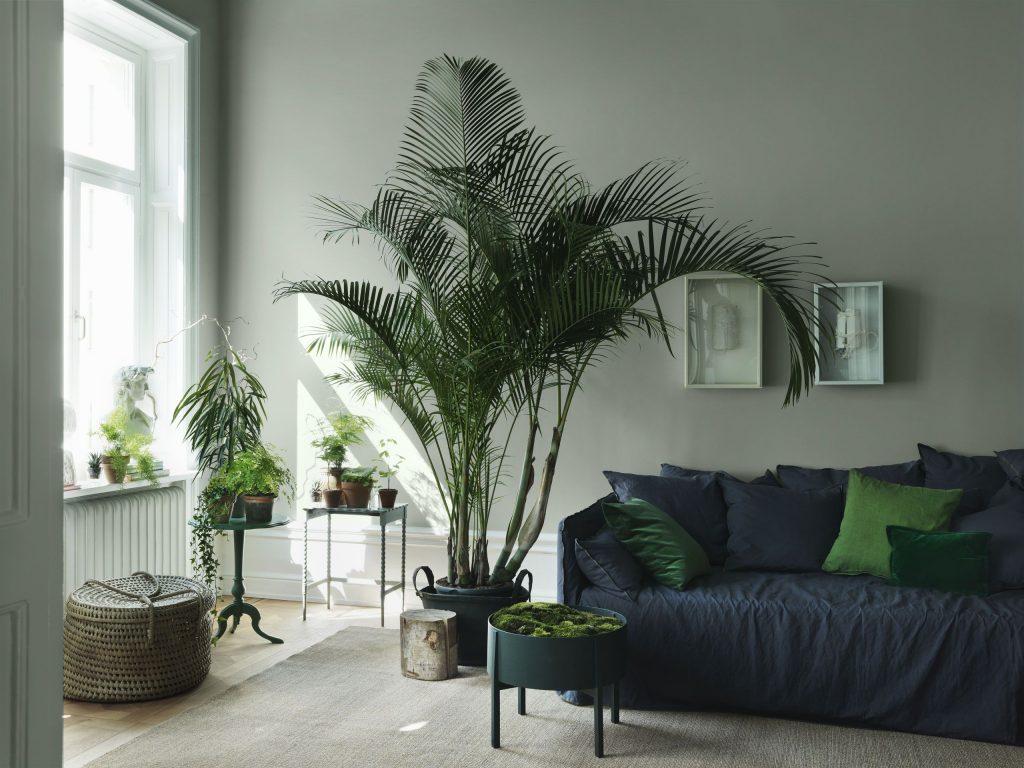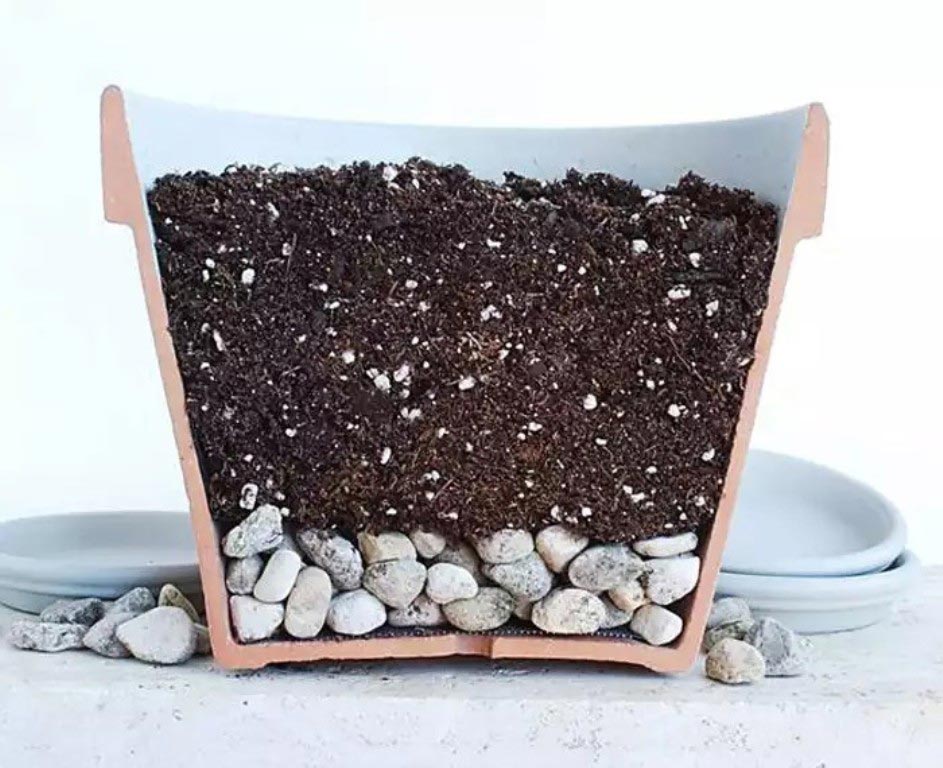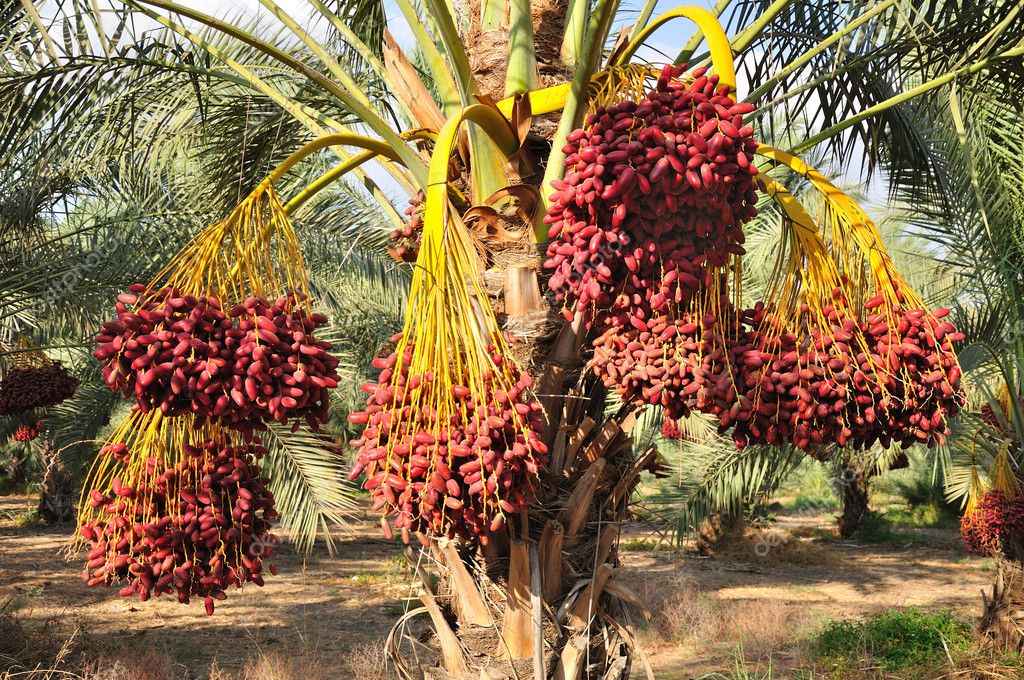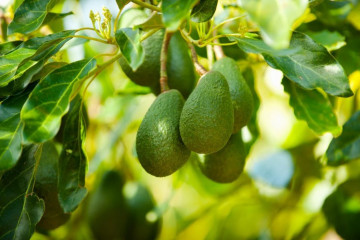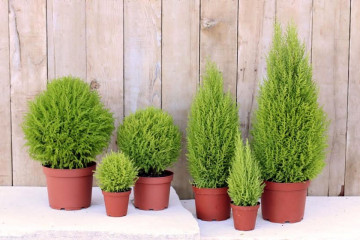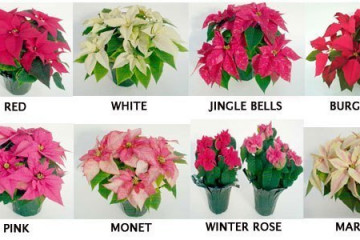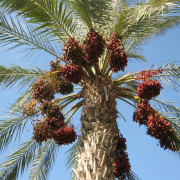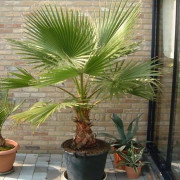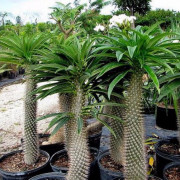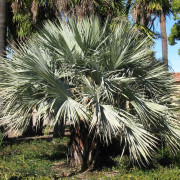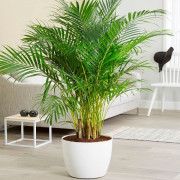How to care for a palm tree at home
Content:
Over the past decades, palm trees have begun to gain popularity among fans of decorating their homes with exotic plants. Large tropical beauties transform the room and unobtrusively remind of the seaside, harmony and relaxation. You can choose both cluster and single-barreled options. The variety of leaf carvings will allow you to find your favorite from a huge number of options.
How to care for a palm tree at home
Many admirers of large plants deny themselves the pleasure of settling a southern beauty in an apartment, because they do not know how to care for a palm tree. There is even an opinion that palm trees grow only in those houses where the owner has a "light hand". However, the concern is unfounded, the palm is not difficult to maintain.
They grow best in greenhouses and conservatories with high ceilings and ample space for all the flora.
Location selection, temperature and lighting
The intuitive habit of placing a palm tree in a bare corner makes sense, especially if it's lit with natural daylight through a window throughout the day. The shadow side of the room, like an unlit corner, is unsuitable for placing a pot, since a lack of light will negatively affect the level of photosynthesis, which means on the color of the foliage. Some varieties of palms are capable of living in the shade, while most simply die or stop growing.
Even in such specimens resistant to a lack of light, the leaves significantly fade, and their size decreases.
Watering and humidity
Where a palm tree grows in its natural environment, it is humid and warm enough. Therefore, you need to water it so that the soil in the pot is always moist, but not waterlogged.
Since in the summer months the plant needs abundant watering, but at the same time it is afraid of stagnant water, it is necessary to provide it with a capacity that will collect excess moisture. A deep pallet is also needed so that during the heating season the water collected in it evaporates, providing the air near the palm tree with moisture.
In winter, the amount of watering should be reduced if the room becomes cool and damp. In cases where the quality of heating copes with maintaining the room temperature above + 22˚C, the number of irrigations should not be reduced, since the microclimate is comparable to summer indicators.
The plant loves moist air, it breathes it through a large surface area of its leaves. In order for the palm tree to get enough air and moisture from the environment, it is recommended to spray all the greenery every day.During periods when the humidity of the room turns into dampness, it is not necessary to additionally moisten the plant (this usually happens in spring and autumn, when the heating has not yet been turned on (or has already been turned off), and outside the temperature does not rise above + 13˚С).
Soil selection
Palm trees grow well in light, breathable substrates that do not clump, which means they freely let excess water into the sump. Proper care of a palm tree at home begins with the composition of the substrate. There is no need to independently search for the constituent parts of the correct soil, measure the amount of substances and knead them. Most flower shops sell ready-made potting soil mixes. They are universal for all varieties and are completely ready for use.
If you want to independently prepare the soil for a tropical pet, you can use the following composition:
- 1 part sand;
- 2 parts of fertile land;
- 1 part humus.
Fertilization and feeding
You do not need to feed or replant a newly purchased palm tree for the first 14 days. The plant needs adaptation to new conditions. After two weeks, fertilizer can be applied by pre-wetting the soil.
Palm trees love organic matter obtained from the processes of decay of plants, similar to the natural process taking place in the subtropical latitudes of the continent of South America, as well as on the islands and in the tropics, when fallen green plants cover the soil, rot and become a natural fertilizer.
Many growers recommend soaking cow or bird droppings in large containers, keeping it for 5-7 days, filtering and fertilizing palm trees with this solution. The feeding method is effective, but what should a city dweller do who wants to feed his palm tree and does not know where to get cow dung? There is a solution.
Modern flower shops sell chicken manure in the form of granules, which are odorless and look like compressed sawdust. They are great for feeding green beauties during the period of active growth - from April to October.
Causes of damage to foliage and methods of treatment
The pride of every palm tree is its foliage. Therefore, when the appearance of the greenery deteriorates, housewives begin to analyze the situation in search of an answer to the question of why the leaves of the palm tree begin to turn yellow.
There is a biological reason that has nothing to do with disease or improper care - old leaves dry up and die off, while new ones grow at the same time. This is a natural process. To maintain an attractive appearance, you can trim the yellowing specimen.
Yellowing and drying of leaf tips
When yellow tips began to appear on a large number of leaves, it is worth looking for the cause in the conditions of the plant. Caring for a palm tree at home should ensure that there are no drafts.
Novice flower growers often flood tropical beauties due to an excess of caring for plants, fearing that the soil will dry out. Palm roots really love moisture, but at the same time they are afraid of swamping, therefore, at the first manifestations of yellowed foliage tips, the irrigation regime should be analyzed.
Dry and trapped indoor air can ruin palm leaves. In the absence of a humidifier, it is necessary to frequently spray the foliage with soft water. Once a week, if possible, the plant can be bathed, wiping it from dusty deposits that interfere with breathing.
White bloom on the leaves
The most common and safest cause of white bloom on leaves is the use of hard water. Moisture from the surface evaporates, and limescale or salt deposits remain and clog the pores of the plant, worsening its condition. If there is hard water in the water supply, it must be defended for watering and spraying the palm trees. We'll have to start a separate bucket, in which there will always be tap water, from which chlorine will evaporate, and impurities will settle to the bottom.
The second reason for the appearance of white bloom on a palm tree is a fungal infection. It develops when there is an excess of moisture in the air, that is, when the room is cool and damp. In order to prevent fungal infection, palm trees are not sprayed in the off-season.
Palm propagation instructions
The method of propagation of a palm tree depends on its type. Flowering seed-producing breeds can be germinated naturally - from seeds and seeds. Non-flowering varieties reproduce vegetatively.
Vegetative propagation
Many growers want to know how a palm tree reproduces vegetatively, if it most often has only one trunk. Even such a plant can be propagated vegetatively. To do this, it is enough to cut off the upper part of the shoot, separating the bottom of the resulting cutting from the leaves. Place the scion in a fertile pot, moisten and keep at room temperature. To speed up the rooting process, you can create a greenhouse by covering the plant with a glass jar or film. After the roots appear, the greenhouse is disassembled.
Growing from pits or seeds
Growing a new palm tree is easy from seed. To do this, it is not necessary to wait for a neighboring adult plant to bloom - seeds and seeds are sold in flower shops. It will be possible to propagate a palm tree only from fresh planting material, so you should definitely pay attention to which year of packaging is indicated - if more than two years have passed, it is better to refuse such a set.
How to grow a palm tree from seeds, step by step instructions:
- Carefully cut the dense shell of the seed or seed without damaging the kernel.
- Place the seed in warm water.
- Expect swelling of the seeds, to increase the percentage of germination, change the water once a day.
- To deepen the swollen seed into a fertile substrate, water, cover with foil.
- After the sprouts appear, the film can be removed.
Attention! Palm seeds germinate for a rather long time, there is no need to throw out the seed material if it has not sprouted even in a month.
What to choose: a pot or a tub
A pot for a palm tree, like for other plants, is preferable to take from natural materials. Such a capacity will allow the roots to breathe, will not create conditions for the occurrence of rot.
A large wooden tub is perfect for an adult plant; you can plant a perennial palm tree in it, which is cramped in its previous place. However, the transplantation of young plants should take place in containers corresponding to the size of the root system.
Planting a palm tree in the room is not only beautiful, but also useful. It perfectly renews the composition of the air, enriching it with oxygen, its appearance reminds of relaxation and complete absence of worries. Some types of bushy palms can be planted in several pots and get a rainforest, which will give the interior a fresh look and inform the owners with its appearance if the air in the room begins to dry.

